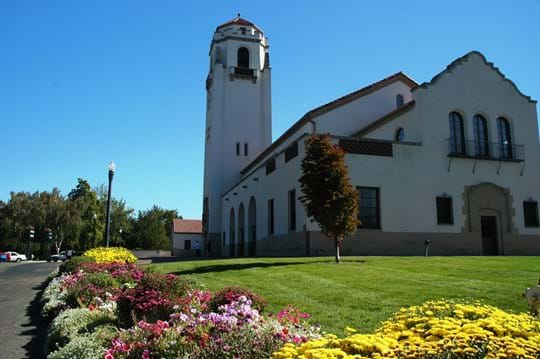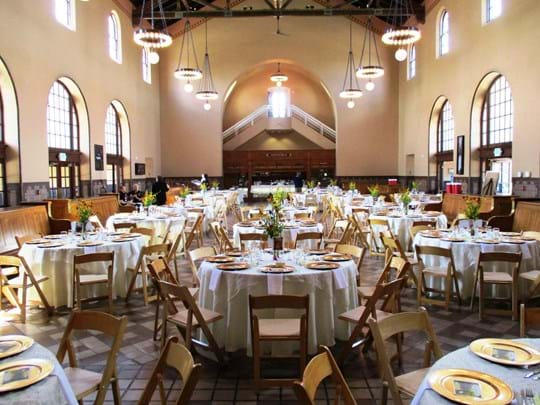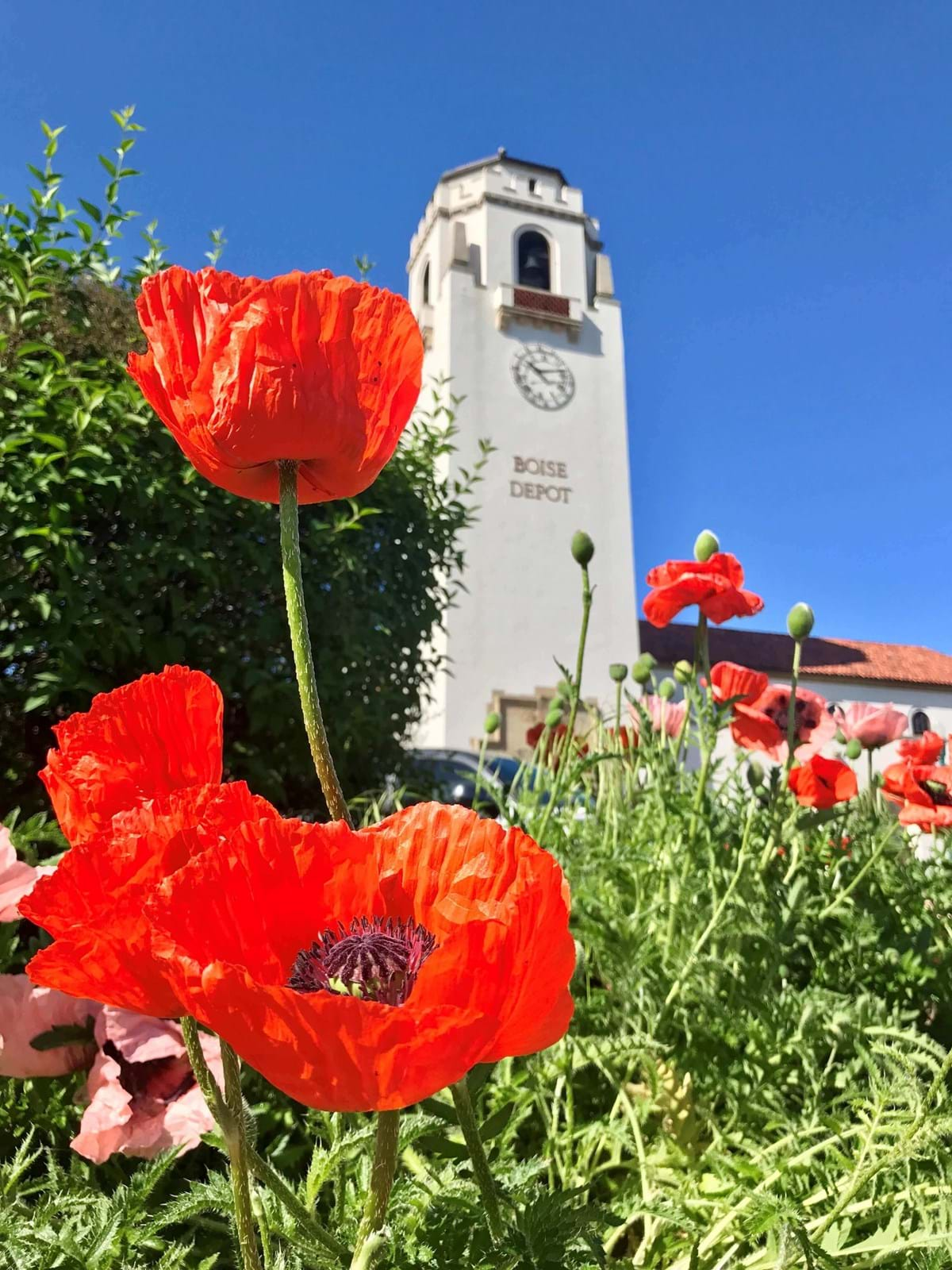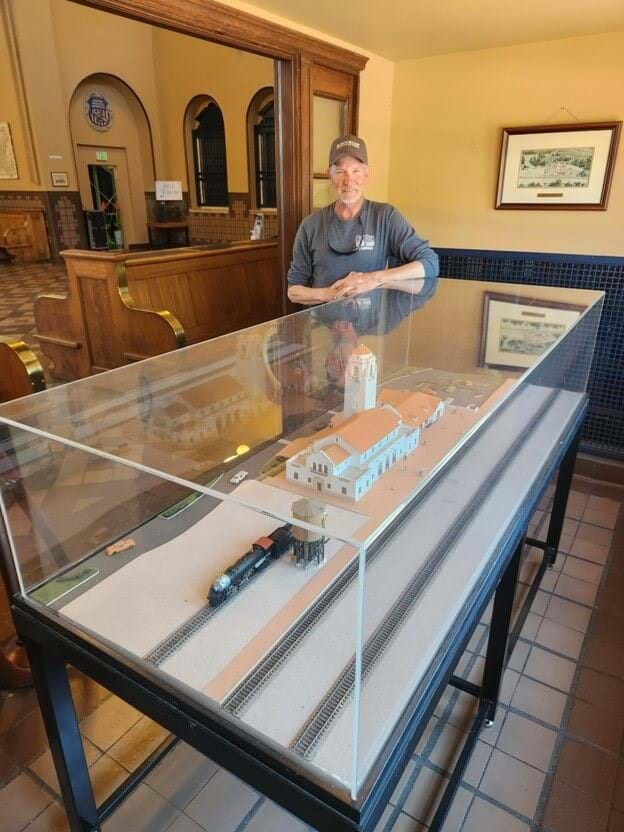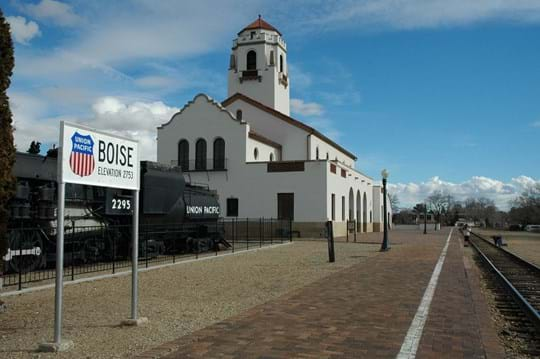Boise Depot Architectural Model - History on Display
Visitors to the historic Boise Depot can browse multiple artifacts and pieces of railroad memorabilia from throughout the region. One of the larger artifacts on display is an architectural model of the Boise Depot, created by David Knoll. The model has been on display since the early 1990s and was commissioned during the Morrison Knutson-led restoration and renovation of the Boise Depot during that period.
Knoll was tapped by architect George Notter to build the depot model in 1991 while working for his father’s firm – Knoll Architectural Models. Notter served as Morrison Knudsen’s restoration and renovation architect.
The depot architectural model includes a roof that can be removed to reveal a detailed impression of the interior of the Boise Depot. Knoll demonstrated this unique feature when he visited the Boise Depot in June 2023. The model was expertly crafted down to the finest details, including miniature trusses and a recreation of the artwork painted on them, chandeliers, fans, the well-known depot benches, floor tiles and more. All of these details were completed to scale and closely resemble what visitors to the depot experience today during open houses, tours and events.
The architectural model remains prominently displayed at the depot for visitors to enjoy and will continue to be a treasured piece of Boise history for generations to come. It is protected by plexiglass to preserve the masterpiece.
Anyone interested in viewing the model is invited to attend a Boise Depot open house, held Sundays and Mondays each week from 11 a.m. to 5 p.m. (the building is closed on legal holidays). Free tours are offered each Sunday at noon and 1:30 p.m. with knowledgeable guides. All ages are welcome, and no registration is required.
